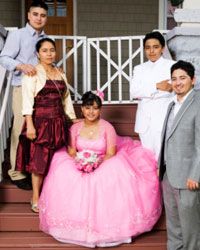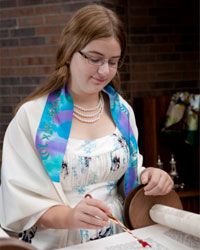Families often adopt special traditions as a way of making memories. Tucking money under a child's pillow in exchange for lost teeth, snapping photos of kids on their first days of school and ceremoniously handing over car keys to teens when they earn driver's licenses are just a few casual traditions that commemorate families' collective milestones.
In the same way, parent-daughter traditions, which take cues from peoples' location, culture, religion and other influences, celebrate girls' unique role in their families. In the United States, for instance, it's typical for a father to escort his daughter down the aisle when she gets married. However, Jewish marriage tradition maintains that both parents make that wedding walk. And of course, some daughters may elect to change up that custom, strolling solo or with another relative or friend accompanying them. Whatever forms these family traditions for daughters take, they each mark important moments.
Advertisement





